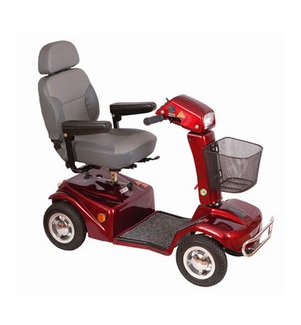
Rascal 388 Xl Scooter
Priced from
£1,225.00
What we say
Class 3, four wheeled scooter. Options: insurance available. Accessories: storage cover; cape; bag with crutch/walking stick holder.
ADD FOR COMPARISON
Ableworld (UK) Ltd
First Choice Mobility Ltd
Discount Mobility
If you are a national retailer who is not listed please read our faqs to find out how to add your company. If you are listed and need to update your details please read how to update your listing.
Product Information
Manufacturer's Product Description
The manufacturer has not provided any further information about this product
Manufacturer's Contact Details
http://www.electricmobility.co.uk
Electric Mobility Euro Ltd
Canal Way
Ilminster
Somerset
TA199DL
England
01460258100 info@electricmobility.co.ukKey Features
- high back adjustable seat with headrest
- flip-up width adjustable armrests
- front and back lights
- front basket
Product Dimensions
| Dimensions | |
|---|---|
| Capacity | 136kg |
| Length | 125cm |
| Maximum speed | 9.7km/h |
| Turning circle diameter | 292cm |
| Weight (kg) | 85kg |
| Weight of heaviest component | 20kg |
| Width | 54cm |
| Power and Function | |
| Kerb height | 5cm |
| Range | 32km |
Product Specification
No product specification has been specified.